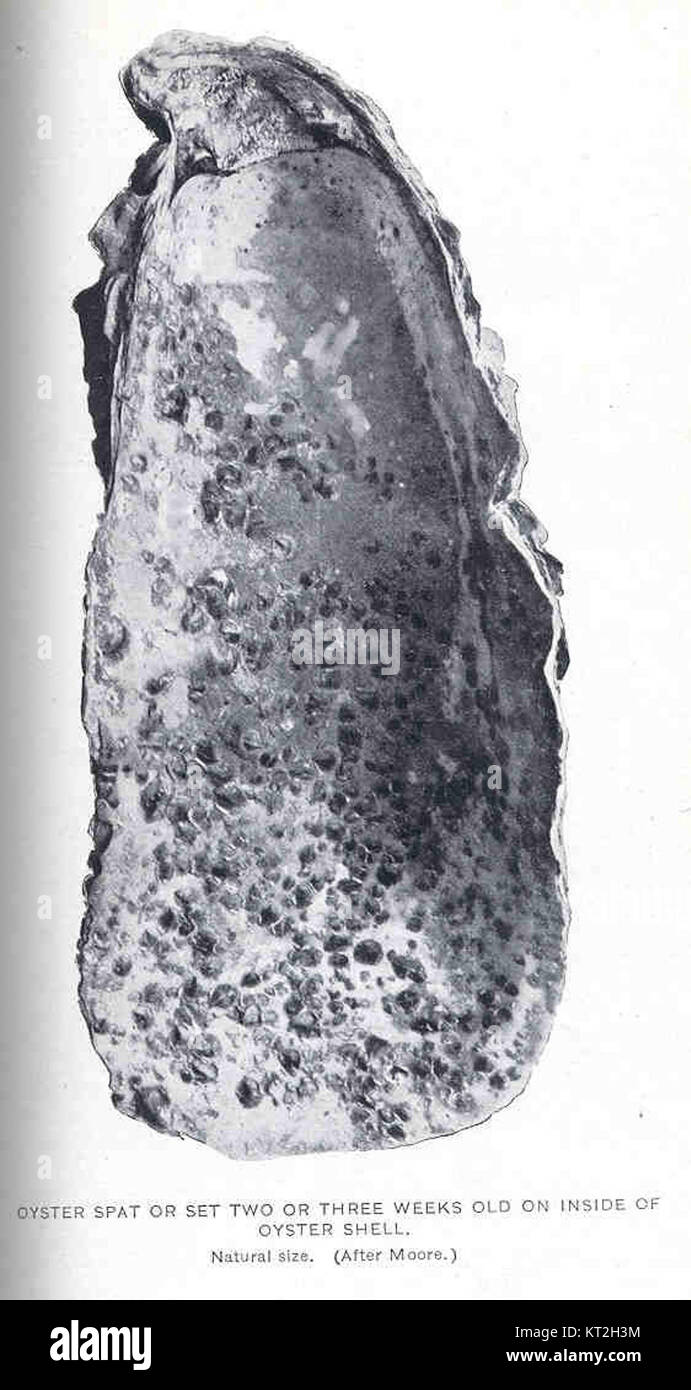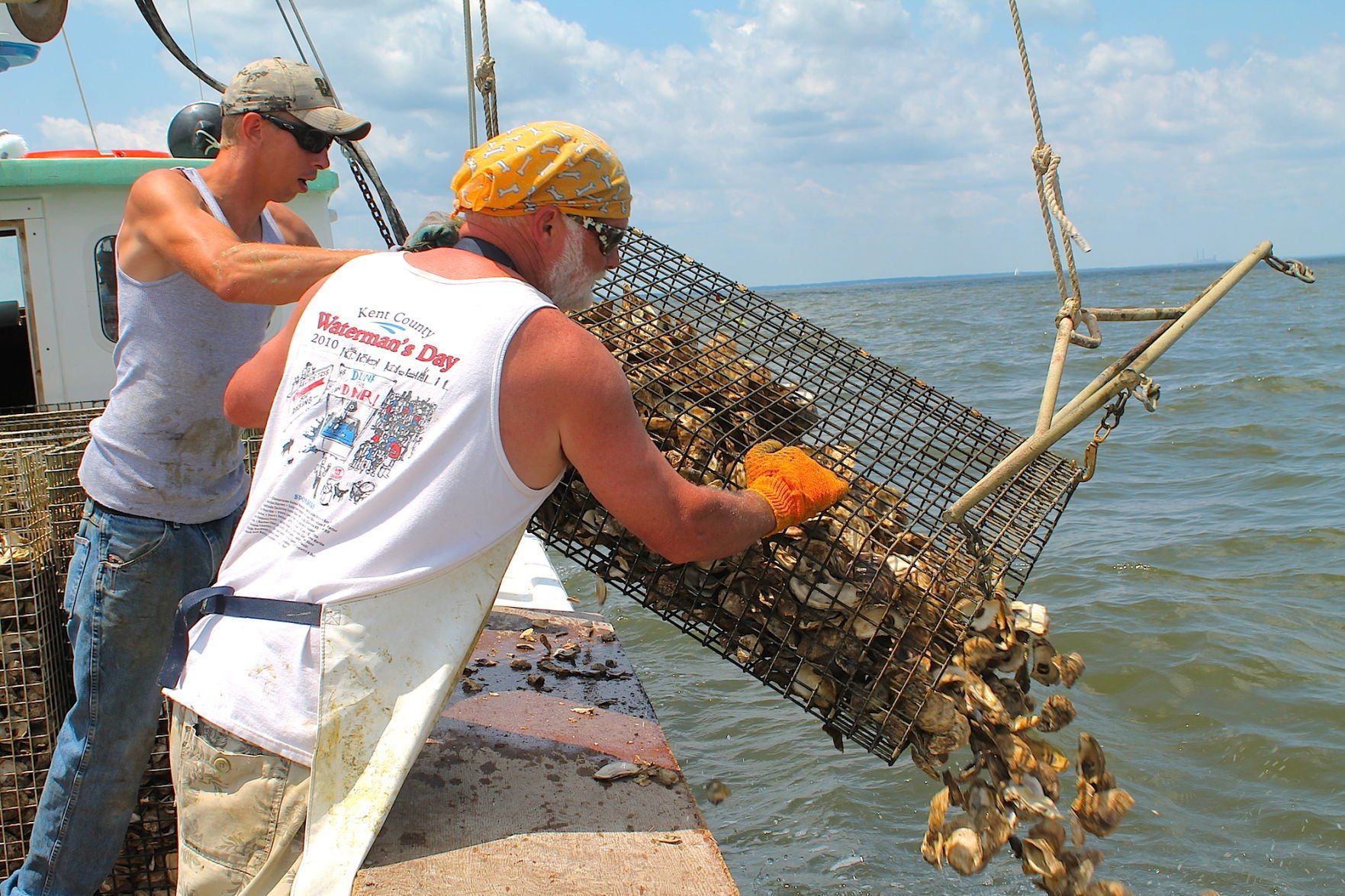
The industry first began to take off in the state with the advent over the past decade of offbottom growing technology, basically cages of oysters designed to float high in the water column. The high silt content in many South Carolina tidal creeks creates a particularly challenging environment for growing oysters.

It requires special equipment and technology, dock space for land-based sorting, multiple regulatory licenses and permits, year-round attention to oyster cages in the “field,” and a new supply of seed oysters every year. If the price per oyster were the only economic factor, people would be tripping over each other to farm single oysters. By contrast, maricultured singles can be sold by growers to restaurants for 75 cents to $1 each, then priced at $2 to $4 apiece by the restaurants.

So why go to the trouble of growing singles? Well, clusters straight off the boat sell for $30 to $40 a bushel, which depending on the size of the shells might contain 200 oysters. Steam or roast a bushel or two of clusters over heat long enough for the shells to open, toss them on an outdoor table, and you have the oyster roast that has become the staple of Lowcountry gatherings. Instead, the standard South Carolina harvest method these days is to break off entire clusters and sell them in bushels.
#Sieving oyster spat full#
While an adept harvester with a claw device can separate ideal-sized singles from a reef full of clusters – and a few along our coast make a living at it – the process is labor intensive. When spat throughout the season attach to the hard surfaces of other oyster shells, they form clusters. Intertidal oysters tend to gather in clusters more than subtidal oysters do.Īlso, the long period of warm water in the summer prompts oysters in the Southeast to spawn for a longer period and put out more larvae, called spat. Southeastern oysters are predominantly intertidal, meaning they are exposed to the air at low tide as compared to subtidal oysters in other regions that live continuously under water. In the southeastern United States, however, several factors cause oysters to grow in clusters rather than easy-to-separate singles. In many parts of the world, most oysters harvested in the wild are singles. After a law enforcement career in Connecticut, Roberts settled in Beaufort County in the early 2000s and founded Lady’s Island Oyster in 2007. Owner Frank Roberts’ family has a long history of oyster harvesting in the Chesapeake Bay and Long Island Sound. Lady’s Island Oyster focuses on the raising of single oysters, the kind popular on the half shell at oyster bars, in a process termed mariculture. Hatching a Renewed Option for Oyster Harvest

Then oysters start the 12-to- 18-month journey from conception in a hatchery to growth in natural creeks at one of more than a dozen farms in the state and finally to consumption by diners in restaurants up and down the coast. In the next container, a male oyster releases enough sperm to turn the water from clear to cloudy. That’s where oyster mariculture in South Carolina begins, as a female oyster pumps out millions of eggs, turning one of those containers into what looks like an oyster-lover’s snow globe. The vast majority of oysters grown for the single half-shell mariculture industry in South Carolina during 2018 trace back to that building at Lady’s Island Oyster – more specifically, to clear tanks that look like many small cookie jars in a row.

But where they came from, at least in a genealogical sense, is a compact building in the shade of Spanish moss-draped live oaks on the edge of McCalley’s Creek in Beaufort County. Aunt Dotty’s from Massachusetts, Hatteras Salts from North Carolina, and Sea Clouds from South Carolina were their options in late April.Īsk the waitstaff where in South Carolina the Sea Clouds came from, and they might say Rockville or Wadmalaw Island, the location of the dock used by Barrier Island Oyster Company. When diners check out the chalkboard menu at The Obstinate Daughter on Sullivan’s Island, they find an array of half-shell oyster choices.


 0 kommentar(er)
0 kommentar(er)
